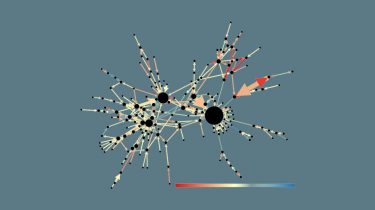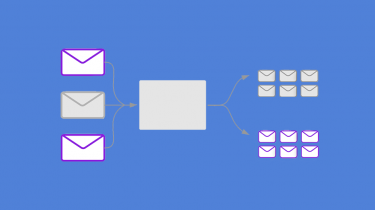Quick Introduction to Bag-of-Words (BoW) and TF-IDF for Creating Features from Text
The Challenge of Making Machines Understand Text “Language is a wonderful medium of communication” You and I would have understood that sentence in a fraction of a second. But machines simply cannot process text data in raw form. They need us to break down the text into a numerical format that’s easily readable by the machine (the idea behind Natural Language Processing!). This is where the concepts of Bag-of-Words (BoW) and TF-IDF come into play. Both BoW and TF-IDF are […]
Read more

